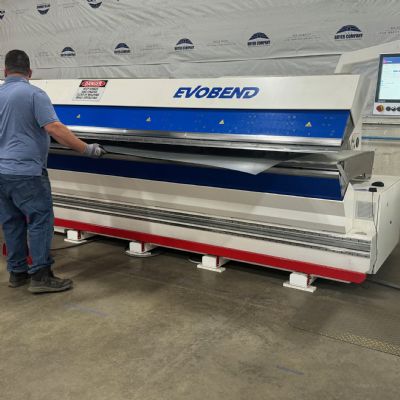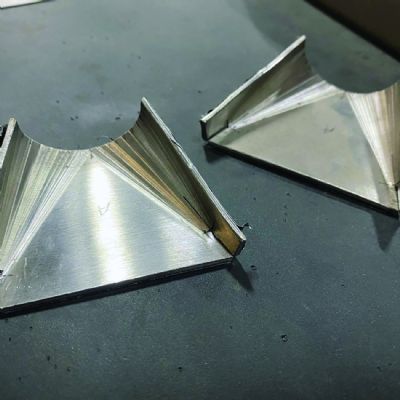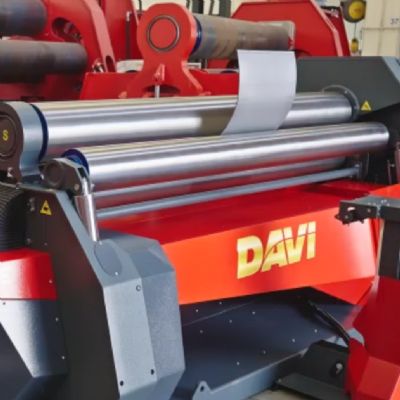Starbucks’ employee dress code included rules about appropriate types and colors of shoes, pants, socks, shirts, undershirts and jewelry. Its purpose, according to the employee handbook, was to ensure that partners present a clean, neat and professional appearance appropriate of a retailer of specialty gourmet products. Additionally, the company reportedly encouraged employees to wear multiple pins and buttons issued by Starbucks as part of its employee-reward and product-promotion programs. As the NLRB judge found, many of these pins and buttons were found to not be related to employee programs, and that the resulting public image of Starbucks employees was of a uniformed employee wearing a variety of unrelated pins and buttons on their hats and aprons.
As a result of an earlier NLRB case, Starbucks implemented a policy prohibiting multiple pro-union buttons, following a March 2006 informal settlement agreement between Starbucks and the NLRB. Pursuant to that agreement, Starbucks replaced its prohibition of all pro-union buttons with the following written policy:
“Partners are not permitted to wear buttons or pins that advocate a political, religious or personal issue. The only buttons or pins that will be permitted are those issued to the partner by Starbucks for special recognition or advertising a Starbucks-sponsored event or promotion; and reasonably-sized-and-placed buttons or pins that identify a particular labor organization or a partner’s support for that organization, except if they interfere with safety or threaten to harm customer relations or otherwise unreasonably interfere with Starbucks [sic] public image.”
Starbucks’ management interpreted this rule to preclude the wearing of more than one pro-union pin, and requested that several employees remove additional pins before being allowed to work. The prohibited pins were less than 1-in. dia. and bore the initials “IWW” in white letters against a red background. After examining photographs, the NLRB judge found that the pins were no more conspicuous in size or design than the Starbucks-issued pins.
What is the Law
…on balancing the interests of employer and union rights on workplace pro-union buttons? Section 7 of the National Labor Relations Act guarantees to all employees “the right to self-organization…and to engage in other concerted activities for the purpose of collective bargaining or other mutual aid or protection…” 29 U.S.C. § 157. Employers may not “interfere with, restrain or coerce employees in the exercise of [those] rights.” 29 U.S.C. § 158(a) (1).
In particular, the right of employees to wear union insignia at work has long been recognized as a reasonable and legitimate form of union activity, and employer curtailment of that right has been held to violate the act and constitute a ULP. To overcome this presumption, an employer bears the burden of showing “special circumstances” that justify curtailment of the right. These include ensuring employee safety, protecting the employer’s products and maintaining a certain employee image, especially with respect to uniformed employees.
In the underlying Starbucks case proceedings of the NLRB, the judge found, and the NLRB agreed, that allowing pro-union employees to wear multiple buttons did not seriously harm Starbucks’ legitimate interest in employee image, because “the company not only countenanced but encouraged employees to wear multiple buttons as part of that image.” These other buttons, the NLRB found, were not immediately recognizable by customers as company-sponsored, and the pro-union pins at issue were “no more conspicuous than the panoply of other buttons employees displayed.”
Starbucks contended in its appeal to the Second Circuit U.S. Court of Appeals that the ruling permits employees to wear an unlimited number of buttons and would convert them into “personal message boards” and “seriously erode” the information conveyed by Starbucks-issued pins.
In May 2012, the Federal U.S. Court of Appeals determined that the NLRB ruling went too far when it invalidated Starbucks’ one-button limitation. As the board had found in an earlier case: “Special circumstances justify restrictions on union insignia or apparel when their display may…unreasonably interfere with a public image that the employer has established.”
The Appeals Court’s three-judge panel found that Starbucks is entitled to impose on its employees to wear buttons promoting its products, and that the information contained on those buttons is just as much a part of Starbucks’ public image as any other aspect of its dress code. It added that the company also is entitled to avoid the distraction from its messages that a number of union buttons would risk, noting that one employee attempted to display eight union pins on her clothes. As such, the judges found that the company had a “legitimate, recognized managerial interest” in preventing its employees from doing so. The company adequately maintained the opportunity to display pro-union sentiment by permitting one, but only one, union button on workplace clothing.
The court concluded that Starbucks had met its burden of establishing that the one-button restriction is a necessary and appropriate means of protecting its legitimate managerial interest in displaying a particular public image through the messages contained on employee buttons. The NLRB’s ULP finding was vacated. MF Technologies: Bending









